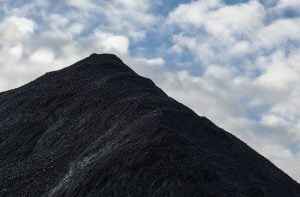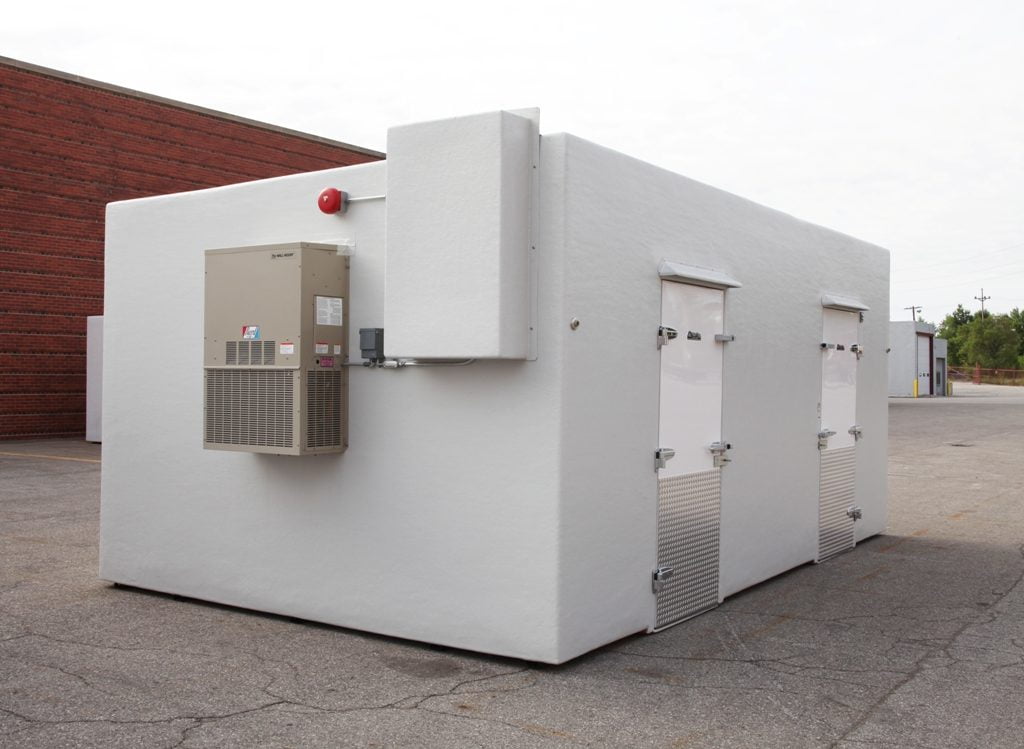As the use of electricity increased in manufacturing, mining, and other industries during the late 19th century and early 20th century, a number of accidents directly related to the ignition of flammable gases and vapors occurred. These lead authorities to implement classification systems in order to identify potential hazardous locations as well as a set of strict rules intended to prevent accidents.
Since specific hazards and methods of protecting electrical equipment differ depending on the type of materials present, hazardous locations are classified and divided into 3 Classes and 2 Divisions. Each Class is determined by the type of hazard present and the explosive characteristics of the materials. Divisions are based on the probability or risk of the occurrence of a fire or explosion that these materials present. The frequency of which the material is present determines the level of hazard for a specific location. Common causes for ignition include material buildup, high temperature, electrical equipment failure and arcs or sparks from electrical wiring.
Causes for Ignition
- Material Buildup
- High Temperatures
- Electrical Equipment Failure
- Arcs and Sparks
Hazardous Locations: Classes per NEC Article 500, CEC section 18
Class I
Flammable gases or vapors are present in the air in quantities sufficient to produce explosive or ignitable mixtures. Some materials associated with Class I locations include acetylene, hydrogen, ethylene, and gasoline. Common areas that have a Class I location classification include petroleum refineries, fuel storage and dispensary centers, paint and spray finishing areas, and utility plants.

Class II
Combustible or conductive dusts are present. The dust must be present in quantities large enough for an explosion hazard to exist. Common types of dust located in Class II include electrically conductive dusts such as powdered aluminum, carbonaceous dusts such as coal dust, and agricultural dust from flour and sugar.
Class III
Ignitable fibers or flyings are present, but not likely to be in suspension in sufficient quantities to produce ignitable mixtures. While these materials are easily ignitable, they present a fire hazard, not an explosion hazard. Some common materials associated with Class III locations include cotton lint, flax, and rayon.

About Polar King
As the industry’s #1 manufacturer of outdoor fiberglass Walk-In Coolers and Walk-In Freezers, Polar King units are designed to endure even the most rugged conditions and climates. All Polar King Walk-In Coolers and Freezers are delivered fully assembled and require only a simple electrical connection to put them into operation. Polar King explosion-proof units are capable of withstanding pressures that result from an internal explosion. Each unit is designed to specifically prevent explosive gas-air mixtures from igniting. Whether you need a standard explosion-proof freezer unit or a customized freezer unit, Polar King can take care of your requirements. Polar King offers Class 1, 2, and 3, and Division 1 and 2 ratings for the interior and exterior cooler and freezer units of the walk-in module. All units comply with Chapter 5 of the National Electric Code. Each walk-in cooler and freezer unit can offer gas detection system (LEL) and/or an integrated 500-gallon containment sump. To learn more about the fiberglass advantage, contact Polar King today!




